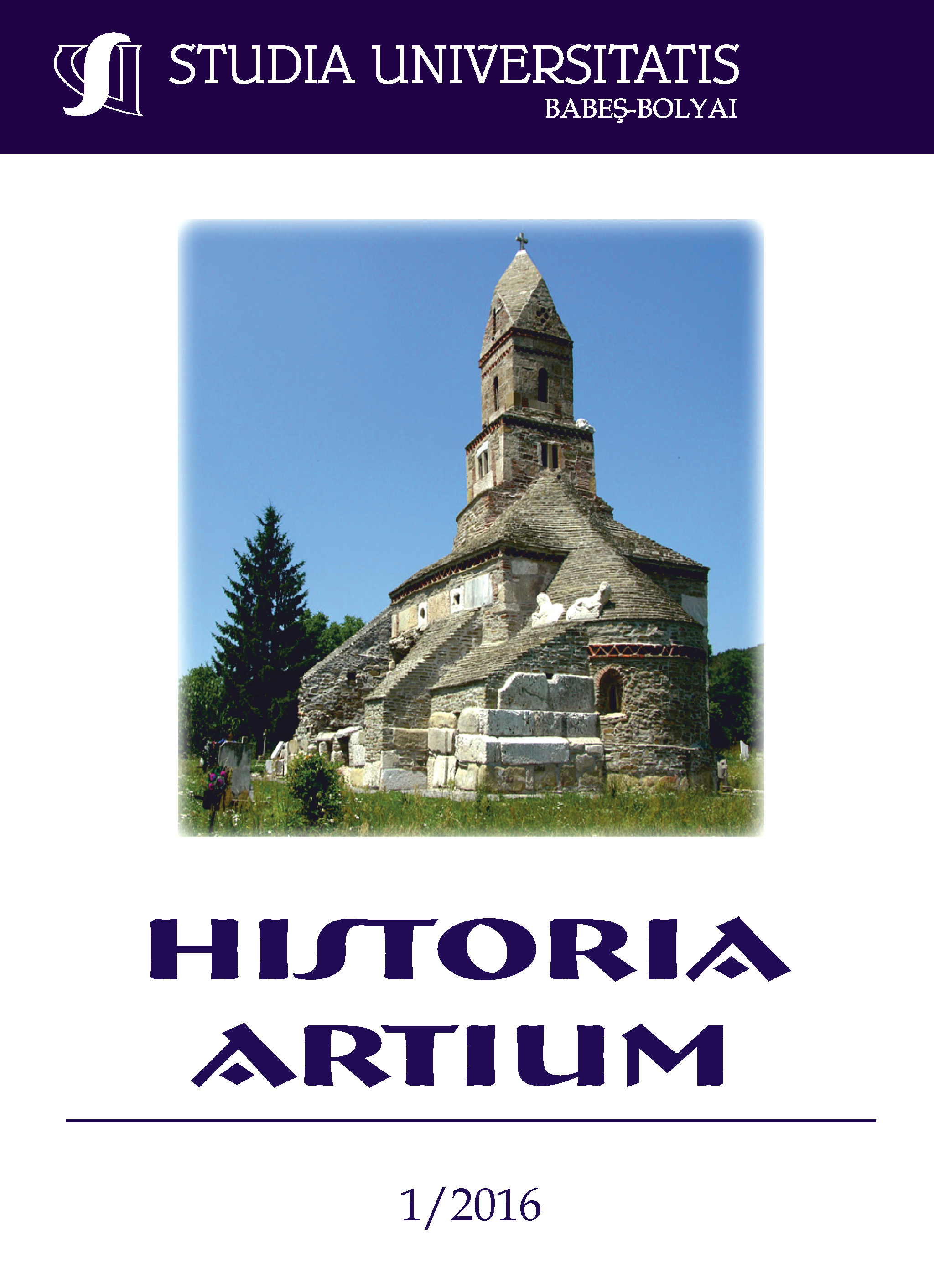MONUMENTUL DADA DE LA MOINEŞTI
Keywords:
Romania, DADA, centenary, Tzara, sculpture, Glass.Abstract
The DADA Monument of Moineşti. In 1996, in Eastern Romania, in Moineşti, a commemorative monument was commissioned in honor of Tristan Tzara, the cultural key-figure and one of the founders of the DADA art movement. Samuel Rosenstock was born in Moineşti, the county of Bacău, Romania, in 1896, on the 16th of April, in a Jewish family. He studied in Bucharest, being a part of the cultural movement of the age. When signing his poetry, he used several pseudonyms, eventually choosing Tristan Tzara. The pronunciation of this name gives a word for word translation in Romanian as: “sad-in-country”. During World War I, he retreats to Switzerland, where, together with Hogo Ball, Richard Hulsenbeck, Madame Hennings, Hans Arp and his fellow national Marcel Iancu, he takes part in the Cabaret Volaire Soirees in Zurich. It is here that the ideas of the DADA avant-garde movement came to life. It is considered that the name of the movement was randomly chosen from a dictionary, being a French children’s word for hobbyhorse. At the same time, there is another interpretation for the word, according to which its origins are set in the Romanian language: the Romanian participants were very frequently using the phrase da, da, with the functional purpose of adorning communication with the meaning: “Yes, that is right!”. Furthermore, the same words, when used repeatedly, convey approval in dialogue, the speaker being encouraged to continue conversation. Tristan Tzara was a central figure of the DADA movement and a century from his birth, the Romanian authorities, with the help of the Romania’s National Commission for UNESCO and the financial aid of the Foundatoin Pro Helvetia, commissioned a sculptural monument. The artist who took up the work was the Romanian sculptor of German origin, Ingo Glass. He was born in Timişoara, in 1941, he went to school in Lugoj, specialising in sculpture at the Cluj-Napoca Art Academy, later on being an active participant at the foundation of the Art Museum in Galaţi. Fleeing the communist political system of the country, in 1979 he settles in Munich, where he organises exhibitions under the patronage of the municipality. After 1989, he joins the concrete art movement, and experiments with sculptural structures that combine primary forms and colors. His most known public works are: Septenarius (Galati, 1976), Quadratur (Oberhausen, 1980), Gateway to the Rohn (Hünfeld, 1986), Alpha&Omega (Dunaujvaros, 1987), The Helios Pyramid (Galati, 1991), Monument in honor of the heroes of the 1989 Revolution (Timisoara, 1992), DADA (Moinesti, 1996), the Pyramid of Buttresses (Neu-Ulm, 1998), Monument of the 1941-45 victims (Lugoj, 1999), Hommage to Brancusi and Vasaely (Neu-Ulm, 2005), The Insolent Triangle( Rehau, 2012), Trinitas (Kulmbach, 2014) etc.The DADA sculpure of Moineşti is a representative monument for the artist’s career, combining the constuctivist style with the principles of concrete art applied by the artist since 1989. A century after the birth of the Dada in Zurich, we are reanalysing the aesthetic characteristics of the 20- year- old monument, having at the same time the opportunity of partaking in a contemporary artistic analysis.
Downloads
Published
How to Cite
Issue
Section
License
Copyright (c) 2016 Studia Universitatis Babeș-Bolyai Historia Artium

This work is licensed under a Creative Commons Attribution-NonCommercial-NoDerivatives 4.0 International License.






